It’s not just your weekend BBQ or the kids’ footy that becomes doubtful when the “big wet” sets in. Lengthy, intense rain events can delay or derail any building project, even at the very first step — soil testing.
There’s a whole host of solid reasons why soil testing can go slow in a wet week. We’ve compiled them in this special report, and also explained our processes and communication strategies to keep you informed about your project, and what to expect when nature dictates a different course for our best laid plans.
As we noted in a previous post, the nature of the land you build on is perhaps the biggest variable of a building project and is critical to get right before starting construction. Soil testing determines the site classification, which influences several aspects of the design, including the foundation.
A lot of contracts are also subject to soil testing, since the outcome can affect the design of the foundations and/or structure, in turn affecting the contract pricing.
If you have a contract that is subject to soil testing and the soil test is delayed due to wet weather, you may need to request an extension on the contract.
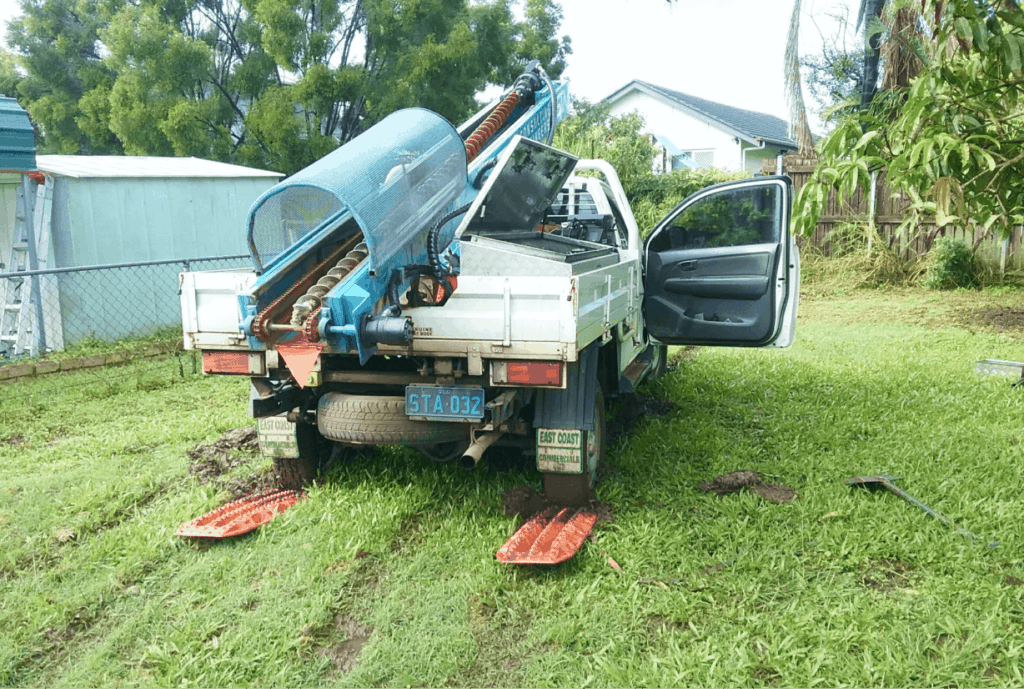
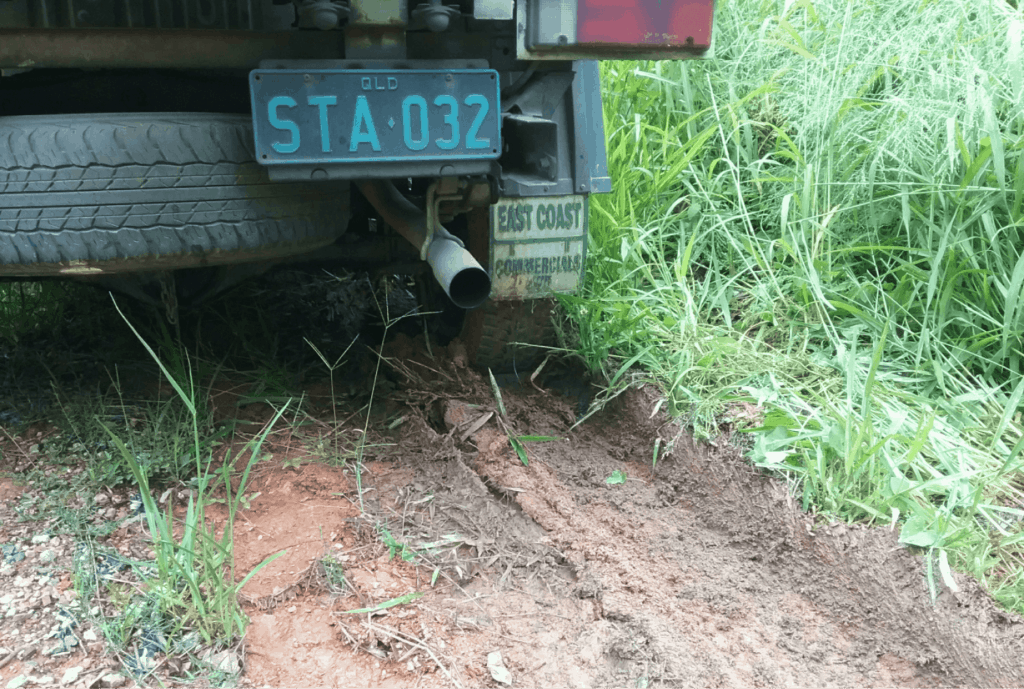
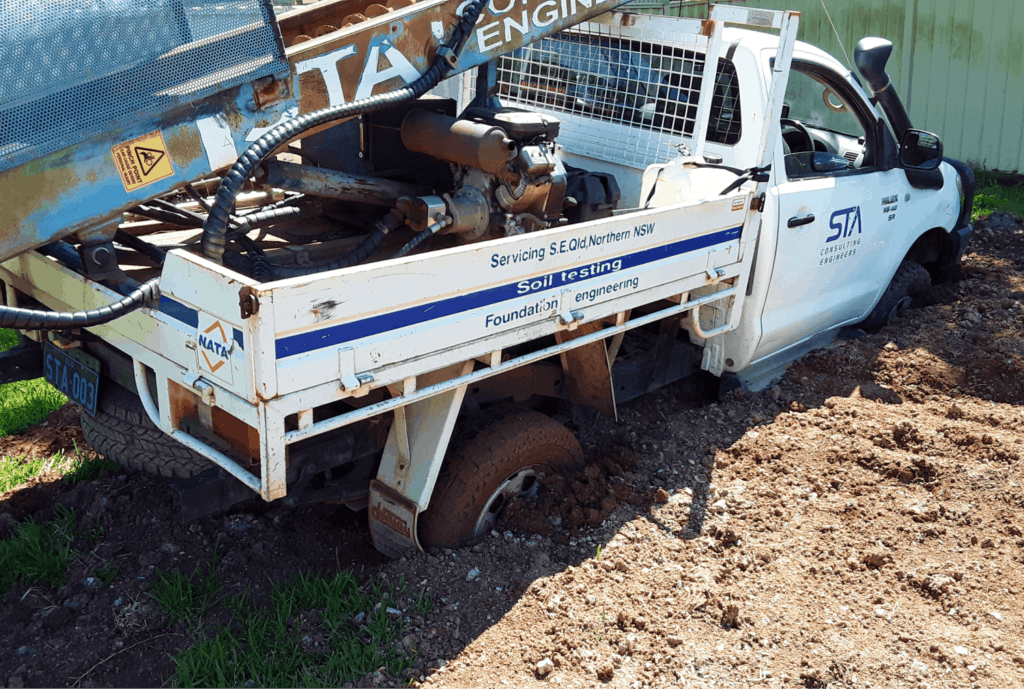
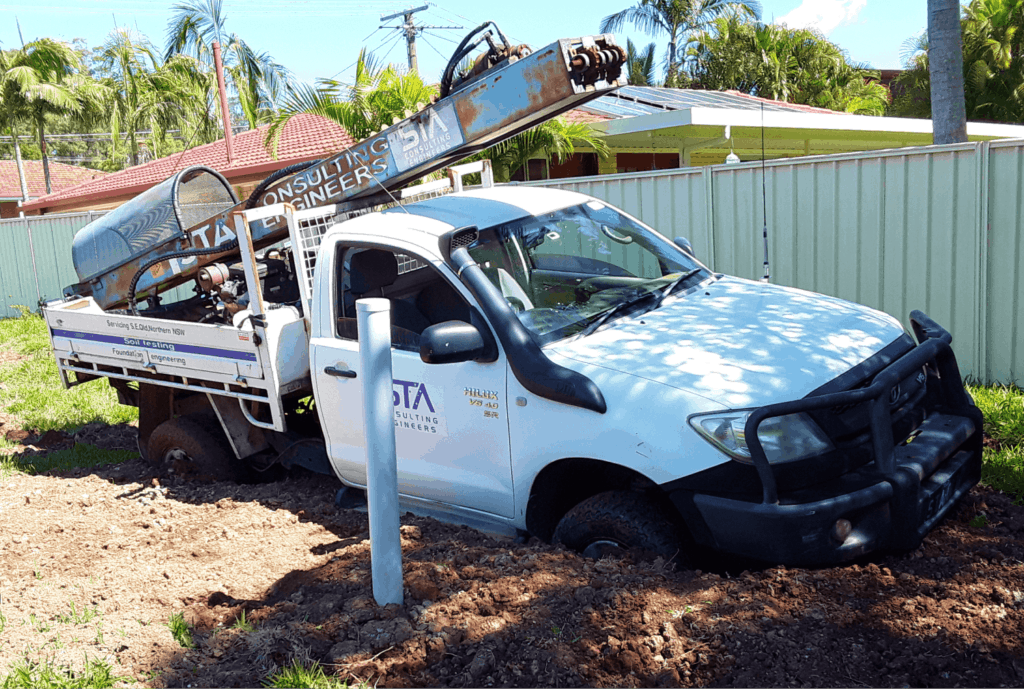
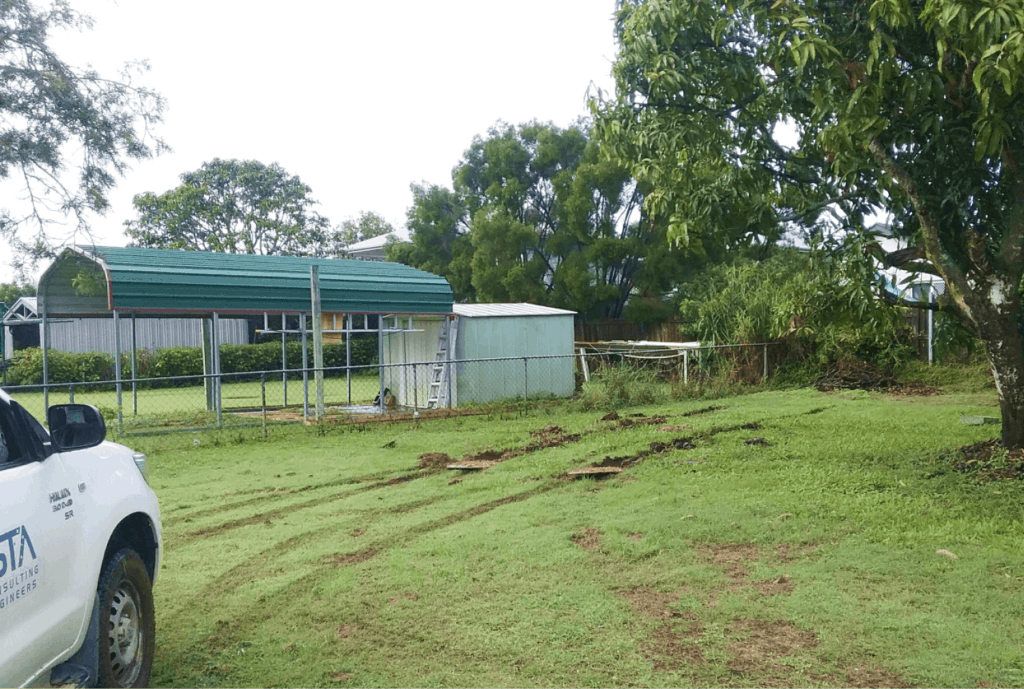
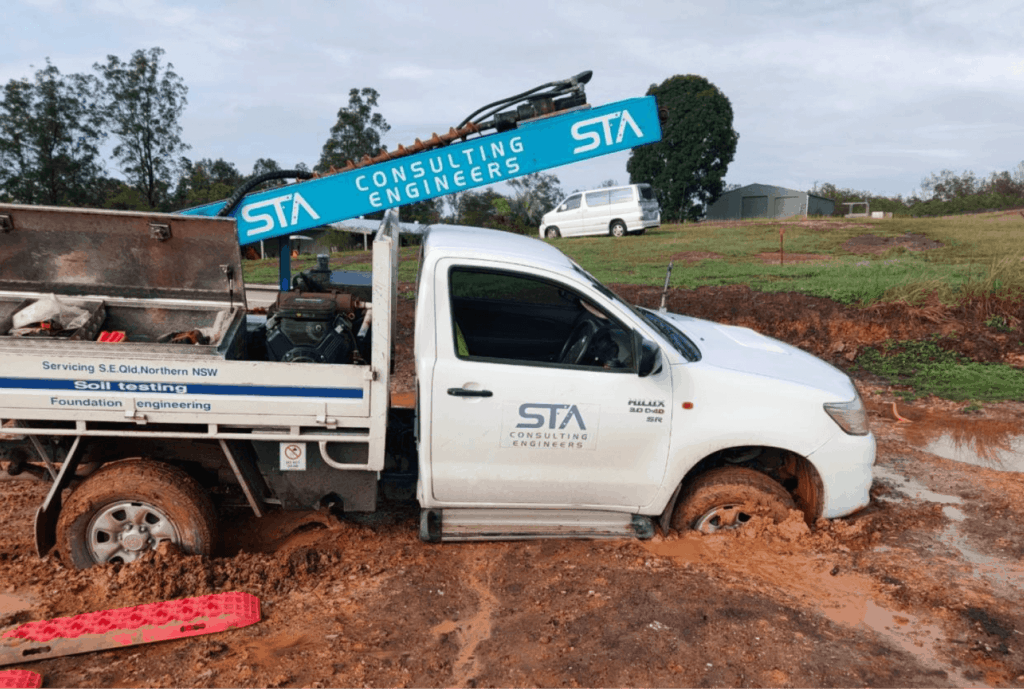
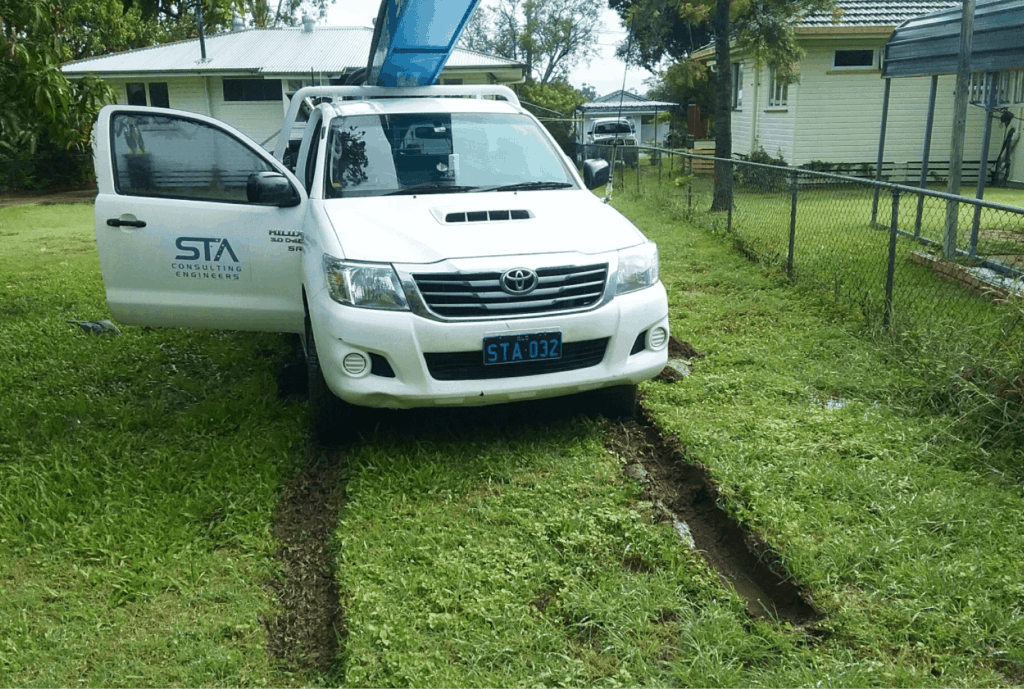
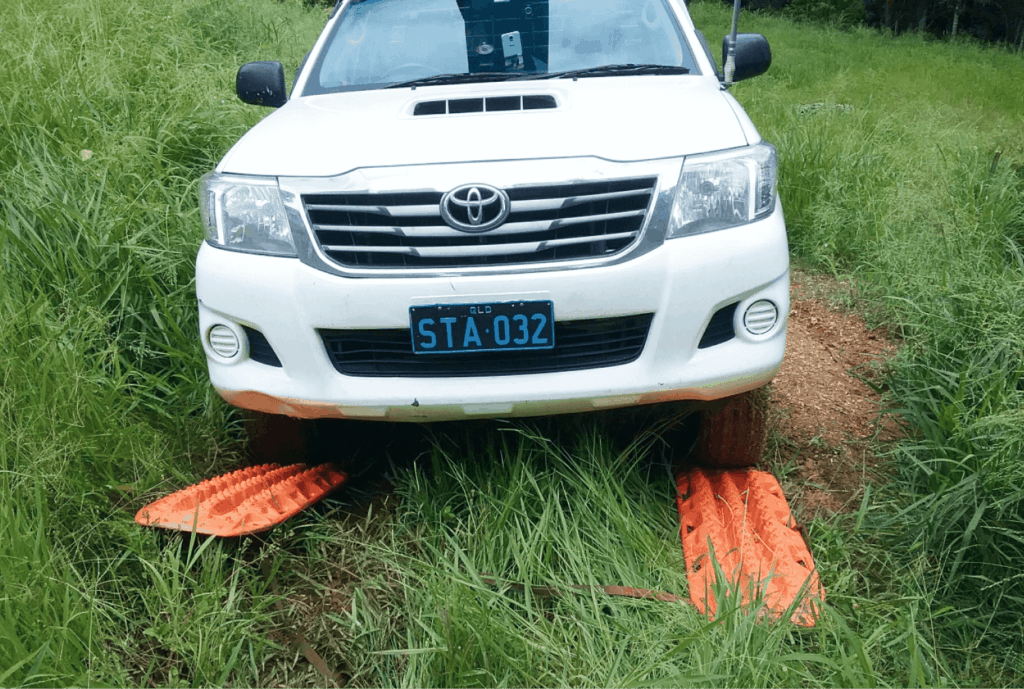
A “bit of rain” might not be a big deal for experienced engineers with a common-sense approach to their work, but sustained wet weather often means the best course is to postpone soil testing. The reasons for this come under three main categories:
A. Lack of site access — Vehicle with drill rig (totalling 2.5 tonnes) can’t get onto boggy sites.
B. Limitations of Manual Push Tubes (PTs) or Hand Augers (HAs) — Can be used by field technicians as an alternative, but they can’t go as deep as the drill rig, nor cut through subsurface stones. They’re not as precise as the rig and sometimes samples can get stuck in the PTs, or are too slushy to be of any use.
C. Compromised test results — In abnormal moisture conditions, there is risk that some test results are compromised.

Every site is different (even next to each other), every project is different and every rain event is different. So this is difficult to answer, but the main factors are:
At STA, we’re committed to continuously improving our processes and client communication. We make it easy for you to get answers from the right people by providing direct access to our technical teams, enabling faster response. Our systems utilise email notifications to alert clients to updates as they happen.
In wet weather, we do the following to keep you updated and ensure we can get back on site as soon as possible:
While rain events may cause delays beyond our immediate control, you can rest assured we’ll be ready to go at the first opportunity. To discuss wet weather or any other issues, simply call us on (07) 3071 7444 or use our online contact form.